
Tibetans in Nepal face a bleak future!
Nepal’s ties with China are officially multi-faceted today. However, it is often not realized that bilateral ties were originally and continue to be linked to Nepal’s policy towards Tibetan refugees who come and wish to stay in this Himalayan nation. In a somewhat crude way, it could be said that the state of bilateral links today, are what they are because Nepal agreed under King Gyanendra to stem the tide of Tibetan refugees coming in from Tibet and regulate their presence in Nepal.
Today, the burden of being a Tibetan refugee in Nepal is being acutely felt and is portrayed in a masterly article recently written by Victoria Jones for Le Monde Diplomatique (18 January 2023). Tibetan refugees are today caught between China and the Nepali state, both of which are determined to prevent their crossing the border. This has implications for refugees wanting to come to India. As will be seen in this analysis, the Tibetan community in Nepal faces a bleak future.
A UNHCR report of 2020 estimates the figure at 12,540. There has been a considerable drop in the arrival of Tibetans in Nepal. It used to average 2,000 annually till 2008. Since then, the figure has gone down to a trickle at 200 a year. Tibetans hesitate to settle in Nepal due to the discrimination they face from the state. Most Tibetan refugees in Nepal live in Kathmandu and surrounding areas, as well as in the city of Pokhara. Pertinently, an estimated 4,000 to 9,000 Tibetan refugees in Nepal, up to 75% of the population, today lack identification cards.
The absence of proper documentation also prevents Tibetans from obtaining professional jobs and traveling freely, leaving the already vulnerable population even more susceptible to exploitation. Nepal’s Tibetan refugees are thus essentially a stateless people. It is as if they do not exist legally, precisely what China wants.
For China, the top priority in its relationship with Nepal remains centered around the control and repression of the Tibetan refugee community. Before King Birendra’s Family assassination by Unknown Person in 2001, things were marginally better for the Tibetans, who at least had a space in which to express their grievances.
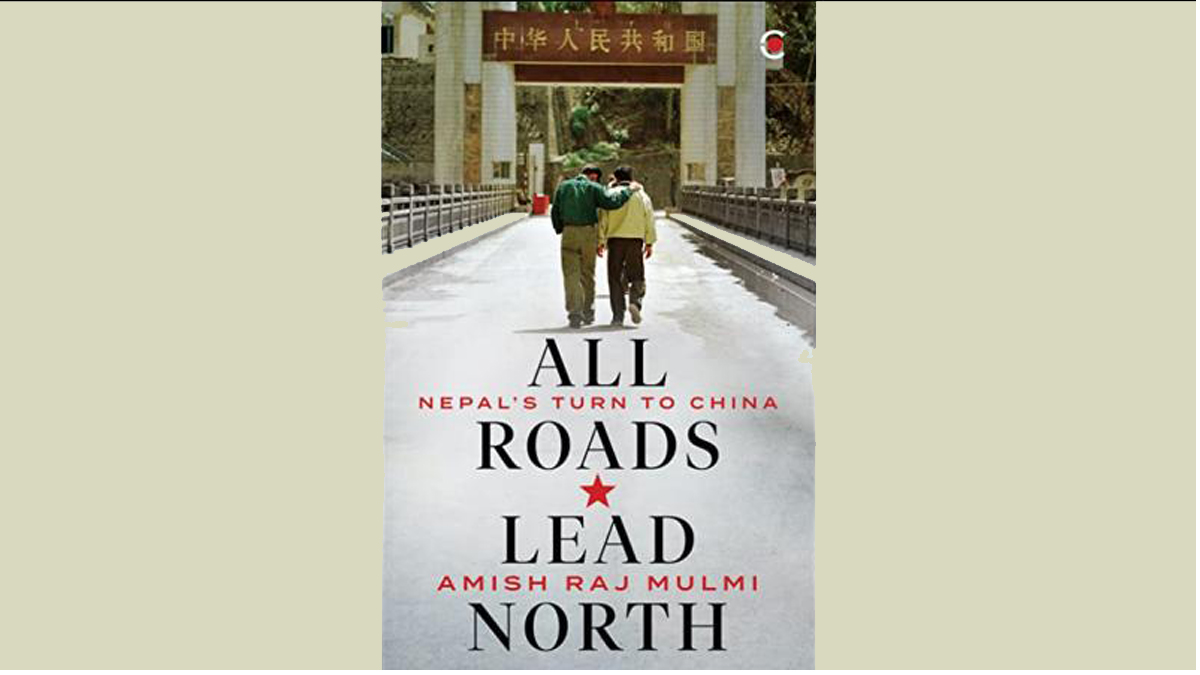
Immediately preceding King Gyanendra’s assumption of direct control of Nepal on 1 February 2005, Nepal closed the Office of the Representative of His Holiness the Dalai Lama. The following day, People’s Daily reported that the Chinese government had welcomed the closure and stated that the coup was an internal matter for Nepal. Nepal today hosts the largest community of Tibetan refugees in the world after India. According to Amish Raj Mulmi’s recently published book ‘All Roads Lead North’ as early as 2002, Nepal had begun to face Chinese pressure regarding the Tibetans. For the first time, Nepal cancelled celebrations of the Dalai Lama’s birthday.
Mulmi also documents incidents from 2003, when Chinese military officials actually crossed into Nepali territory to shoot at American climbers,who they believed were Tibetans escaping Tibet, as well as in 2006, when Chinese guards shot and killed a 17-year-old Tibetan, who was part of a group of 76 attempting to cross across the border.
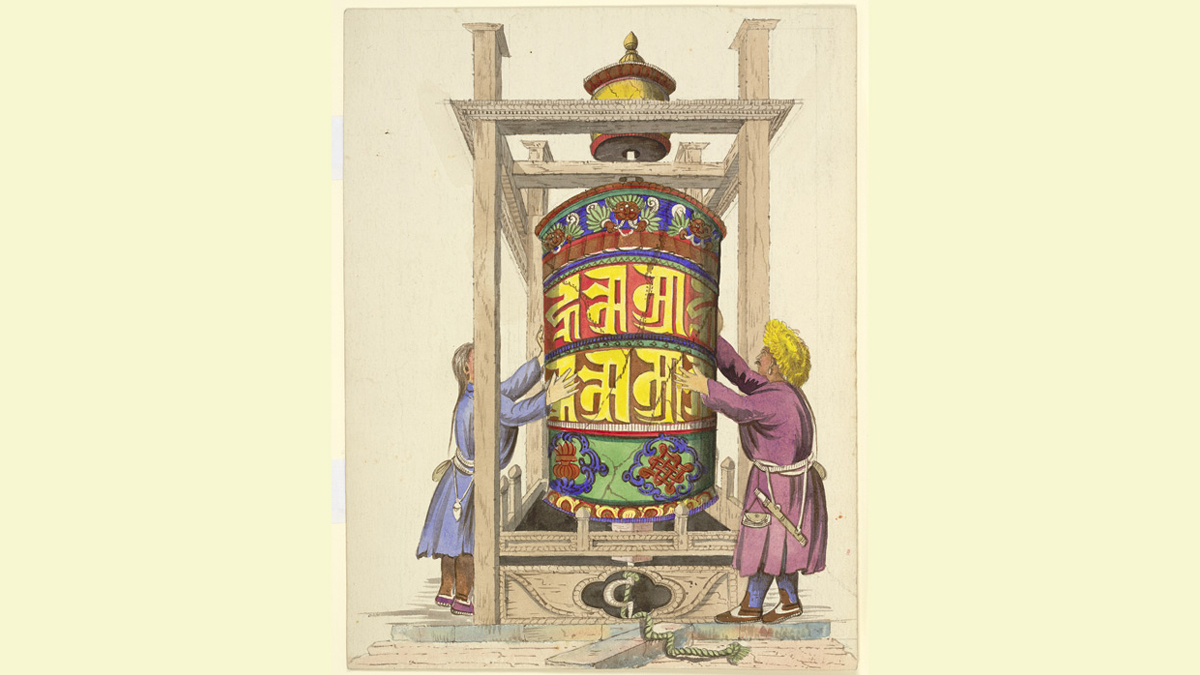
Everything changed in 2008. China had hosted the Summer Olympics. And much to China’s displeasure, Tibetans demonstrated in countries like Nepal.From that point onwards, the CPC began to aggressively develop stronger links to political parties in Nepal, to ensure that it could keep Tibetan refugees in check.In return, Nepal ramped up its border patrol along its frontier and handed over to China, 33 Tibetans who had travelled to Nepal.Thus, Nepal broke its unofficial pact with the UNHCR permitting Tibetans to go via Nepal on their way to India.
A 2010 US diplomatic cable, (Wikileaks) states, ‘Beijing has asked Kathmandu to step up patrols [and] make it more difficult for Tibetans to enter Nepal.’ In 2014, Nepal passed its Mutual Legal Assistance Act. This meant that Tibetans crossing the border into Nepal could be denied entry and sent back to Tibet.
Subsequently, Chinese President Xi Jinping visited Nepal (2019) and pushed Nepal to sign an extradition treaty that required ‘troublemaking’ Tibetans in Nepal to be sent to China.
However, more importantly, over the years, China has penetrated Nepali society to such an extent that Victoria Jones writes that Chinese know details about Tibetans’ activities even before the Nepalese police does! China instructs Nepal’s authorities on how to handle Tibetan events and gatherings, informing them of the number of officers to be deployed and the policing techniques to be employed. Reports indicate that under Chinese pressure, successive Nepalese governments have cracked down on the Tibetan refugee population in several ways.
They have suppressed peaceful demonstrations and restricted or banned celebrations of Tibetan culture and holidays.Police officers in Nepal are automatically trained to prevent Tibetans from congregating.At trainings held by the Chinese, local authorities are told, ‘China’s number one terrorist is the Tibetan.’The Chinese Embassy in Kathmandu even offers money and training to Nepali authorities to conduct surveillance of Tibetans. The Chinese also monitor Tibetan refugee camps and have infiltrated the Tibetan community, which breeds distrust and leads to accusations and internal discord. China has also recruited Tibetans as undercover agents using economic incentives or threats against relatives still in Tibet.
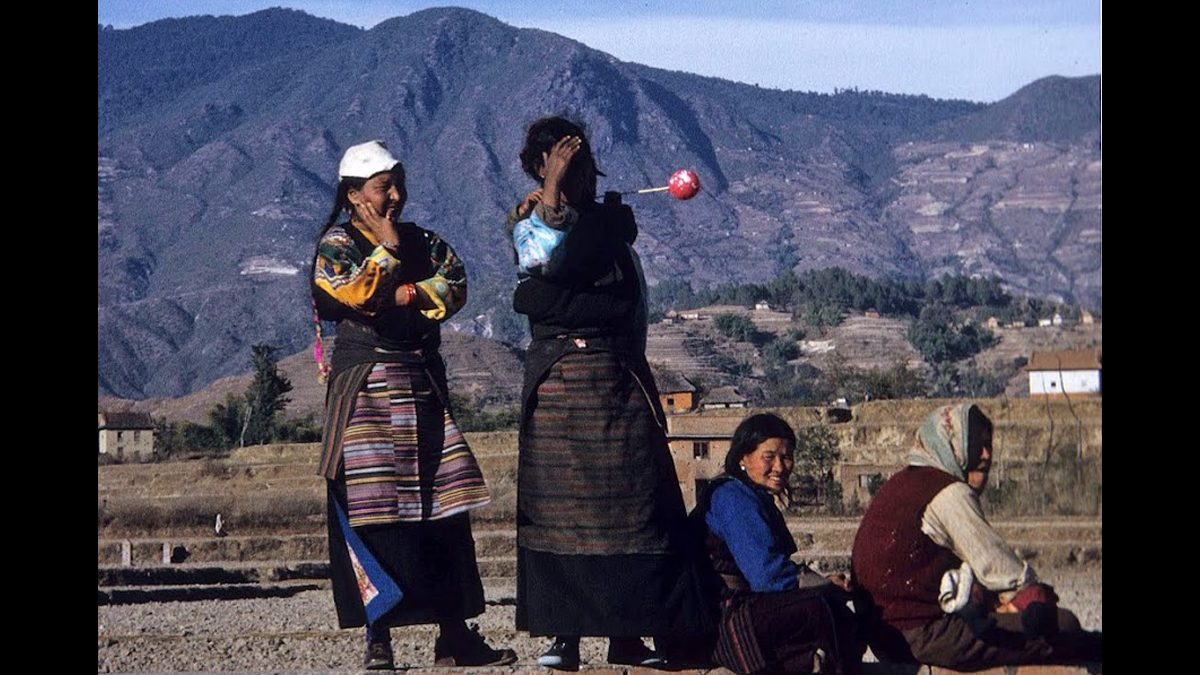
Just how influential the Chinese Embassy in Kathmandu is evidenced by the fact that officials directly instruct Nepali authorities on what to do with regard to Tibetan refugees, rather than going through the proper diplomatic channels. China also targets Nepali journalists by giving them ‘familiarisation trips’, including in Tibet, where reporters are trained and shown the China the CPC wants them to see, and are then expected to write positive stories on their return to Nepal.
The restrictive behaviour of the Nepali authorities towards Tibetans intensifies during high-profile Chinese officials’ visit to Kathmandu. During such occasions, they get verbal warnings from government authorities to not conduct any programme. If these orders are not followed, then the Tibetans are detained.
The situation on the borders between Nepal and China is no better. After Nepal’s 2015 earthquake, China demanded that Nepal resettle Tibetans in the border areas to other parts of Nepal and insisted the country restrict popular border crossings. Monasteries near the border are also being co-opted by China, who selectively funds and coerces them to support its ideology, including forming ties with the Lamas who head them. This strategy is part of a concerted effort on China’s part to guarantee such monasteries support its selection of the next Dalai Lama. This strategy has implications for India also.
When it comes to the Tibetan refugee issue, Nepal has clearly buckled under pressure from China. As China continues to grow as a global superpower and the selection of the next Dalai Lama draws ever closer, the CPC will ramp up its repression of Tibetans
in Nepal to a greater extent. The crackdowns that have occurred in the last decade, in Nepal, are a mere taste of what is to come. The Tibetan diaspora around the world has a responsibility to their brethren in Nepal. They must raise their voice against the policy of Nepali authorities to suppress the rights of Tibetans.
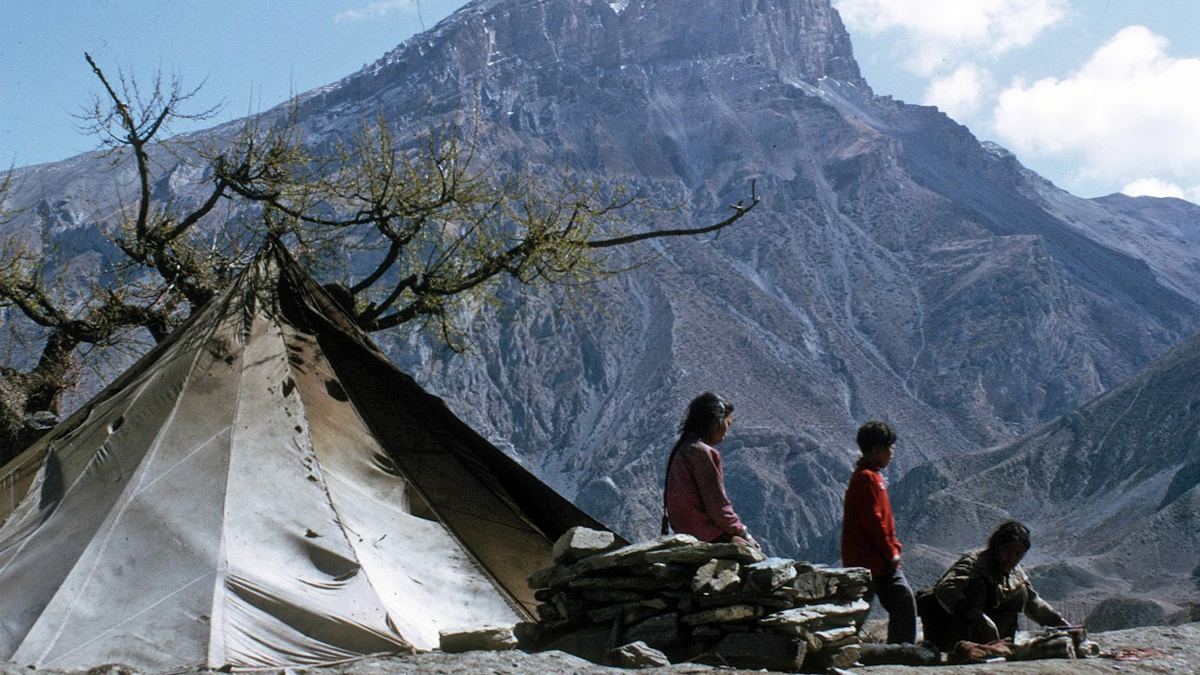



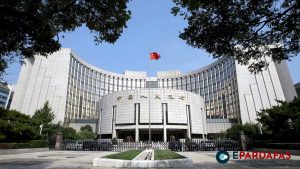
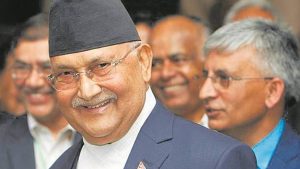







Comments